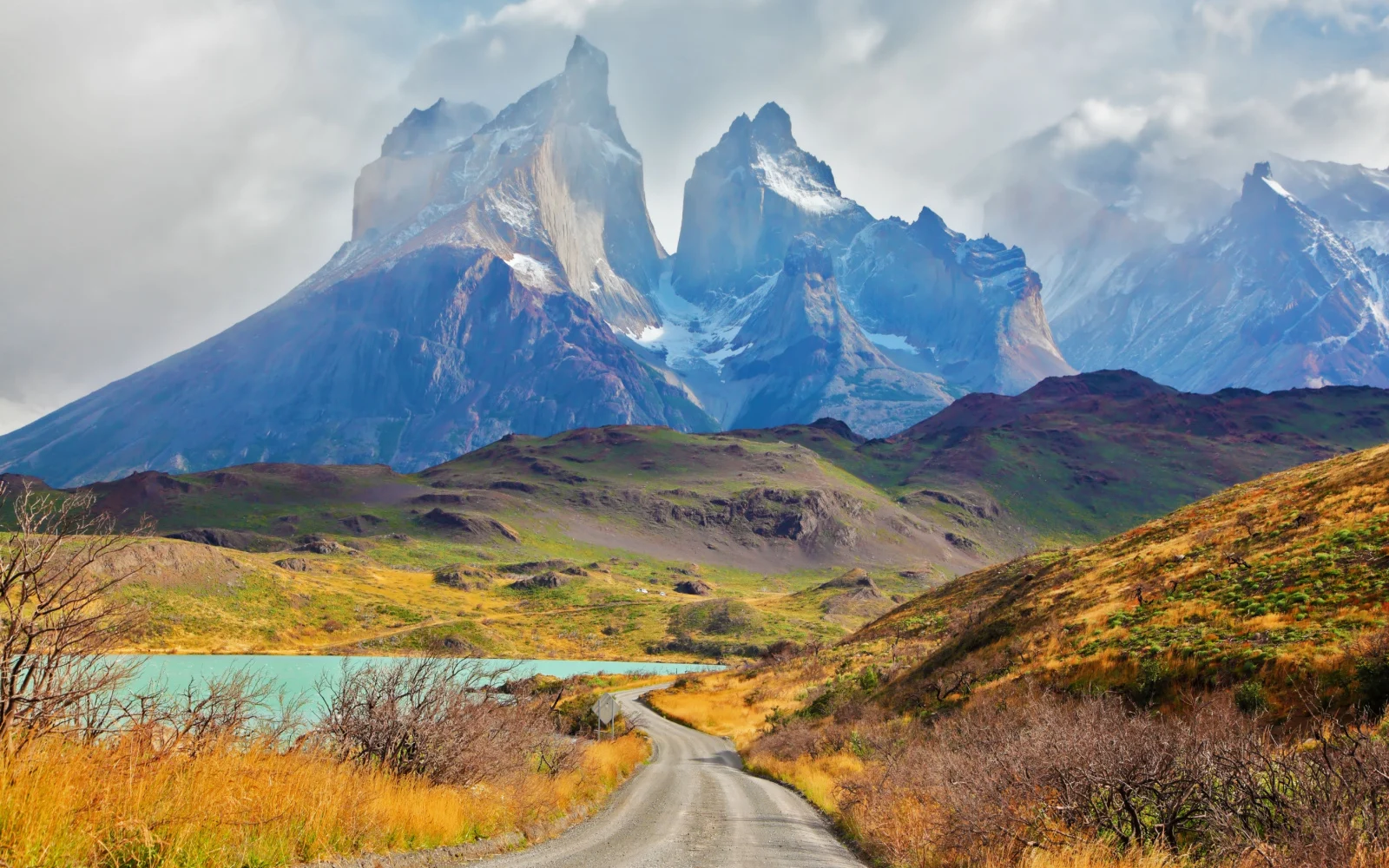South America is a vast continent with something for everyone, from the tropical rainforests of the north to the closest point to Antarctica in the south. In between, adventurous travelers can explore the sky-high Andes mountains, lush Amazon River, and countless other landscapes.
Many of the 200 million tourists who visit Latin America annually also come for the continent’s vibrant culture. Check out classy Buenos Aires, vibrant Rio de Janeiro, or foodie haven Lima.
The continent has so much history, from Inca ruins and Spanish colonial architecture to traces of vibrant countries since independence. It’s also popular among backpackers due to its affordability, especially for travelers from North America or Europe.
The combination of beautiful nature, gorgeous culture, and low prices seems tempting, but is South America safe to visit? Here’s our take.
Is South America Safe to Visit in 2025?
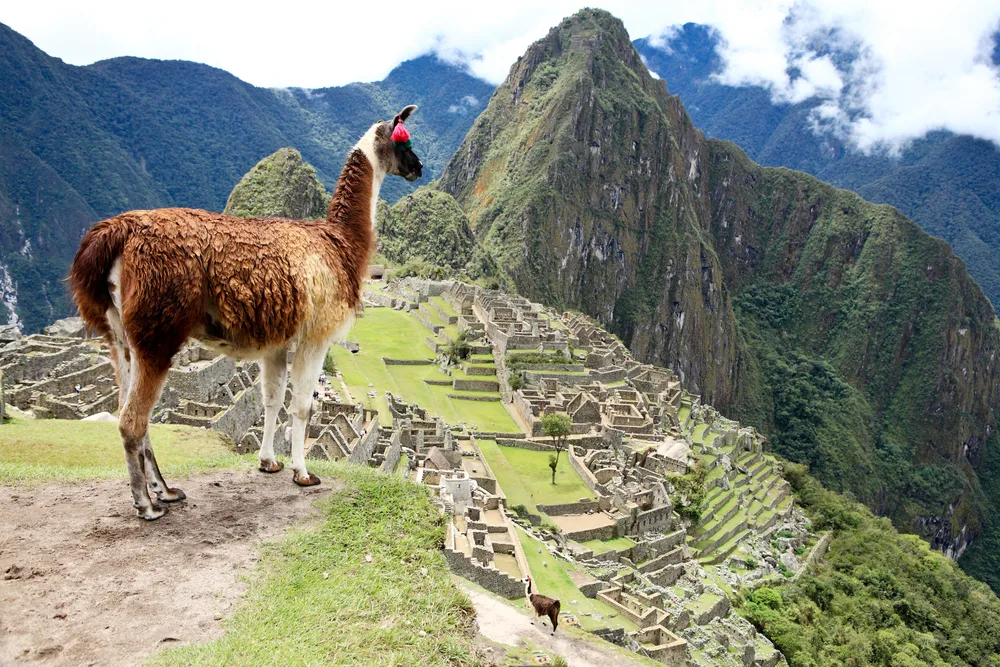
YaromirM/Shutterstock
Yes and no. South America is a vast continent with 12 countries, so it’s hard to generalize. While some countries are under stronger travel advisories, others are perfectly safe to travel to.
A few problems that can affect you pretty much anywhere on the continent are natural disasters, pickpocketing, and scams, but that can also happen to you at home.
Travel advisories for South America vary drastically from country to country, which you can see by looking at the map of current travel advisories.
For example, the United States State Department advises against all travel to Venezuela, but only tells travelers to exercise normal precautions when visiting countries such as Paraguay.
The best way to research your safety as you travel is to look for country-specific advisories for your destinations. Once you know your itinerary, get even more specific, as within some countries, the security situation can vary drastically from city to city.
That being said, there are a few continent-wide trends to keep in mind. A lot of South American countries have a history of political instability which is rearing its head at the moment.
Part of the reason why travelers shouldn’t visit Venezuela is due to that instability and the high risk of arbitrary detention. Another country currently experiencing instability is Peru, where protests are roiling the country after President Pedro Castillo was removed from office.
Due to this instability, countries such as Australia advise their citizens to exercise increased caution in Peru and avoid all but essential travel to certain regions, such as the south.
The best way to keep yourself safe is to follow the news for your destination in the weeks leading up to your trip and adjust your plans accordingly. Crime is another problem that most South American countries sadly share.
According to World Bank data, Latin America and the Caribbean are the most violent regions in the world, with nearly 25 homicides per 100,000 people (keep in mind that South America often gets lumped in with Central America and the Caribbean, where violent crime rates are higher).
Violent crime rates vary drastically from country to country and even city to city, so again, do your research on a local level before going. Petty crime, such as pickpocketing, is also widespread throughout South America.
That’s because visitors tend to be much wealthier than locals, creating a tempting opportunity. Pickpocketing is a common crime in tourist destinations worldwide — including countries with a reputation for being safe such as Italy.
Finally, another thing to keep in mind is your safety in nature. Many people come to South America to go hiking or exploring in nature, but natural disasters such as floods, landslides, and earthquakes can happen.
Make sure you are adequately prepared every time you go into the wilderness, that you have emergency numbers on hand, and that you are tackling routes adjusted for your skill level. Certain regions of South America are prone to mosquito-borne diseases, so get vaccinated and bring bug spray.
To recap, concerns in South America differ from country to country, but the primary worries tourists have are:
- Pickpocketing
- Violent crime
- Civil unrest
- Natural disasters
Crime in South America
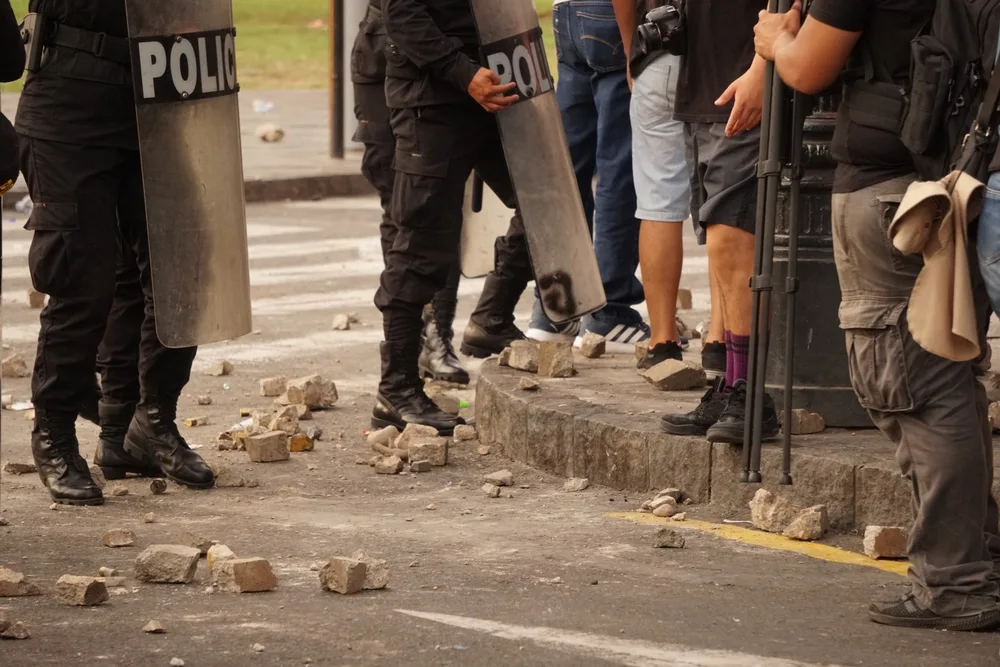
Lima, Peru – January 19, 2023: Demonstrators clash with police during a protest against President Dina Boluarte/Joseph Moreno M/Shutterstock
Crime is a widespread problem in South America. The different countries in the continent have many of the same problems, including high poverty rates, high economic inequality, and frequent bouts of political instability.
Many countries in the region also have very high corruption rates, meaning high-powered criminals often have police officers and judiciary members on their payroll.
This creates the perfect environment for crime to flourish. Violent crime is prevalent in South America as well as pettier forms of crime, such as pickpocketing and scams. Organized crime is also a problem on the continent.
Criminal groups conduct drug trafficking, human trafficking, weapons selling, and other criminal activities. UN data estimates that 30% of homicides and other violent incidents are tied to organized crime on the continent.
That being said, crime rates in South America vary drastically from country to country and from city to city. The most dangerous city is Caracas, Venezuela, with a rating of 83.5 on Cost of Living’s crime index.
Other dangerous cities on the continent include Rio de Janeiro, Natal, and Fortaleza in Brazil, Rosario in Argentina, and Guayaquil in Ecuador.
All of these countries also have cities that have much lower crime rates and even neighborhoods within the most dangerous cities that are pleasant to visit. Determining your safety in South America is all about conducting research on the local level.
The safest countries in South America are mostly located around the southern tip of the continent. These are Uruguay, Chile, and Argentina, which have good scores according to the Global Peace Index.
These countries have low levels of militarization, domestic conflict, and insecurity, the three metrics that the index uses to determine its rankings. If you are concerned about safety, focus your South American explorations on these countries.
Pickpocketing
Pickpocketing is one of the most common crimes affecting any tourist destination worldwide. It is prevalent in South America, especially along the backpacker circuit.
According to some statistics, pickpockets are most common in Brazil, with over 1 million reported thefts per year. There is a steep drop-off before getting to the countries with the next highest incidents of pickpocketing, which are Argentina and Chile.
Pickpockets and thieves in Brazil take advantage of the country’s crowds and make off with valuables. Pickpocketing can happen anywhere in the world, but it is more common in certain popular tourist destinations in South America than it might be in your hometown.
In general, pickpockets tend to operate on public transit, including intercity and international buses, in crowded markets, and around popular tourist destinations such as beaches, parks, and historic city centers.
Before you go, research pickpocketing in your specific South American destination. The precautions you can take to protect against pickpockets are the same anywhere you go.
Keep in mind that many South American countries are poorer than Europe or North America, so wearing flashy jewelry, watches, or clothing singles you out as a wealthy foreigner. Keep your valuables secure.
You don’t have to wear a money belt (in fact, that will make you stand out even more as a tourist) but wear a bag that zips and keep your phone, wallet, and ID in internal pockets, not external ones that criminals can unzip easily.
Read Next: The 7 Best Money Belts to Buy in 2025
Armed Robbery
Visitors to South America are often worried about more violent crime. It’s true that violent crime rates are elevated across the continent. Violent crimes such as kidnappings and murder rarely affect foreigners, targeting locals instead, but armed robbery and muggings often affect foreigners.
Armed robbery is a problem for anyone in South America, including locals and foreigners alike. According to some studies, 60% of all robberies on the continent involve some form of violence.
Robberies are sometimes simple hold-ups in dark streets at night. Armed robbers will also set up roadblocks or wait at traffic lights to rob cars at night.
Another form of armed robbery is express kidnapping, when a robber forces a victim at gunpoint to empty their bank account, effectively paying their own ransom. Armed robbery risks vary drastically from country to country.
Argentina has one of the highest robbery rates in the world (including armed and non-violent robbery), while Paraguay ranks much lower, with only 29 incidents per 100,000 people.
Bad things can happen anywhere, so don’t get too relaxed as you’re traveling. A good rule of thumb is to avoid traveling alone at night, as that is when most robberies happen.
Avoid walking down side streets or poorly lit alleyways. If you’re taking taxis, only use authorized taxis as some robbers pose as taxis to get unexpected tourists. You should also be careful when hiking.
Many tourists assume that they’re safe if they aren’t in a big city, but robbers often wait for victims on popular hiking trails since they know it will be hard to call for help. Research your route ahead of time and hike with a partner or in a small group if possible.
Avoiding Bad Areas
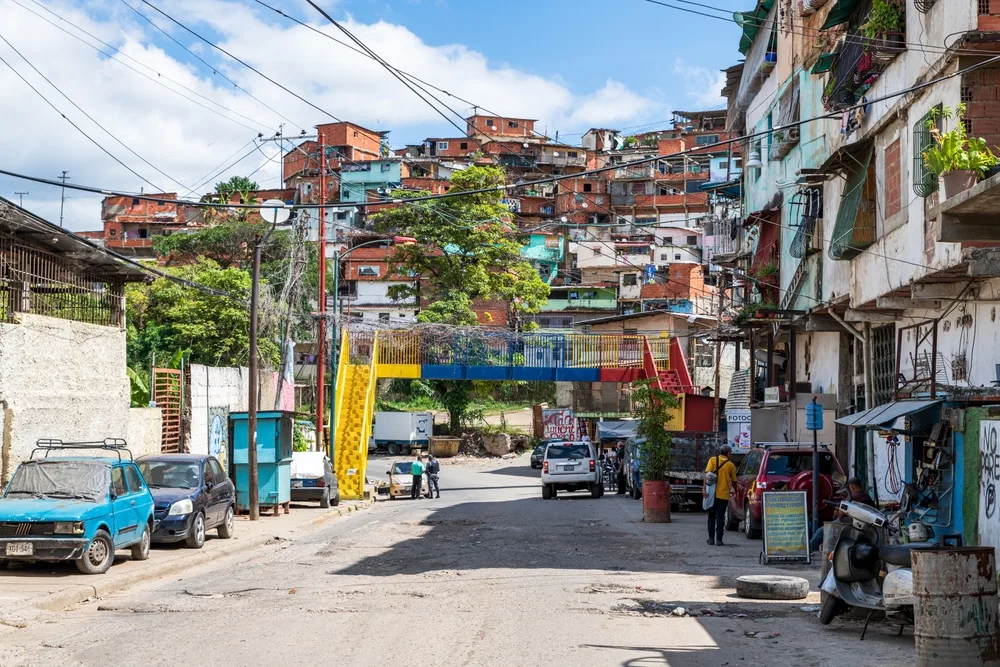
Giongi63/Shutterstock
Your risk when traveling to South America varies drastically from country to country and city to city. Avoiding bad areas can help you stay safe. For now, avoid all travel to Venezuela, which is the advice most governments, including the Canadian one, give to their citizens.
There are high levels of crime, the political situation is very unstable, and the country has many shortages, so you might have trouble finding clean water or medicine while you are there.
Another country currently experiencing unrest is Peru. Although most of the violence is confined to the southern regions of the country, it’s best to avoid it for the moment.
Wherever you travel, look up travel advisories from your government as well as forums with advice from previous travelers. Keep your valuables out of sight in crowded areas.
Avoid poorly-lit side streets or neighborhoods that feel sketchy. Many South American cities have informal settlements or slums with high levels of crime. Ask your hotel or hostel concierge for specific neighborhood advice.
Things to Consider
Here are a few things to keep in mind when traveling through South America:
- Learn a few words of Spanish (and Portuguese if you are going to Brazil). It’s polite, and it makes you stick out a little less.
- Talk to your doctor before you go. They can recommend which vaccinations you need as well as basic medication to take with you.
- Take copies of your documents with you instead of the real deal. Most police officers accept copies of your ID as proof of identity, and this way, you don’t risk having the actual ones stolen.
- Stay aware of your surroundings as you travel since thieves target distracted tourists.
Frequently Asked Questions
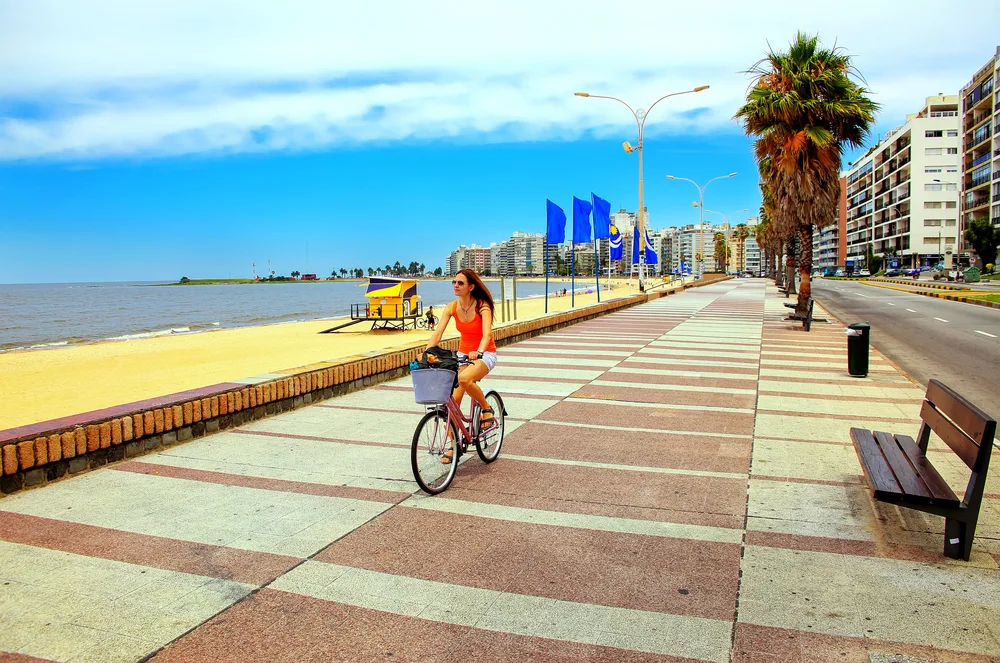
Woman biking on the boulevard along Pocitos beach in Montevideo, Uruguay. Montevideo is the capital and the largest city of Uruguay/Don Mammoser/Shutterstock
Want to learn more about traveling to South America? These answers might help:
What is the safest country in South America?
Uruguay is the safest country in South America. According to the Global Peace Index, it is a respectable 47th on the list of the world’s safest countries. Its crime rate is moderately low, and other dangers are minimal.
Are any South American countries safe to visit?
Most South American countries are safe to visit at the moment! Just exercise basic precautions to protect your stuff from thieves and do destination-specific research ahead of time.
What can you not do South America?
You cannot bring your Rolex and fancy diamond jewelry to South America and expect all of it to come back with you. You can’t go hiking without adequate preparations.
Not only do pickpockets frequent the trails, but they are also pretty difficult! Finally, you can’t let fear ruin your trip instead of relaxing and enjoying the experience.
Is South America safe for female travelers?
Yes, South America is generally safe for female travelers, and millions of women travel to the continent annually, including solo. Female travelers everywhere need to take additional precautions compared to their male counterparts, such as choosing secure accommodations and not walking alone at night.
What is a serious problem in South America?
Almost all South American countries have serious problems with inequality. Income inequality and high poverty rates are a factor in crime as well as other societal problems.
So, Is South America Safe to Visit in 2025?
South America is a vast continent that is difficult to generalize. The countries here have problems such as crime and corruption, but millions of visitors visit annually with few problems.
Just check local advisories ahead of time to make sure you are up-to-date on relevant information. So, with so much to see and do and so many safe countries to visit, what are you waiting for — book your trip to South America today!



